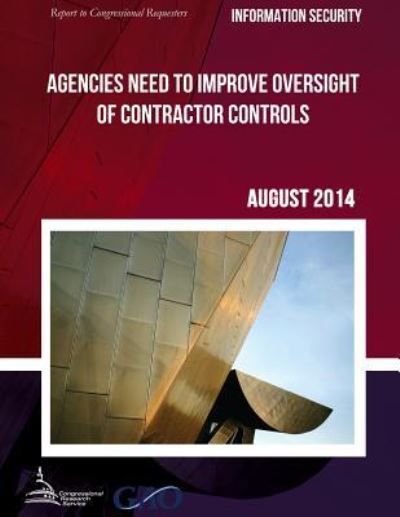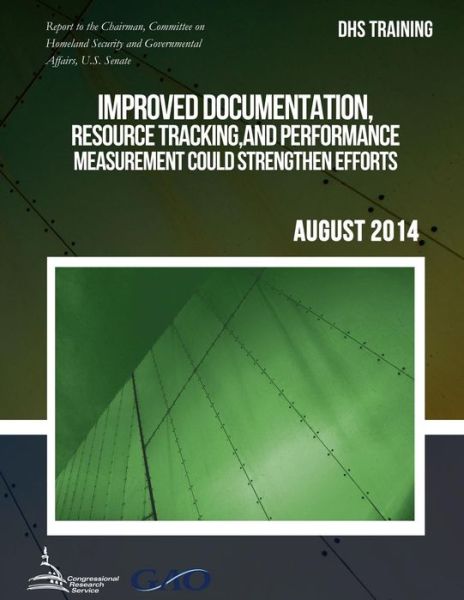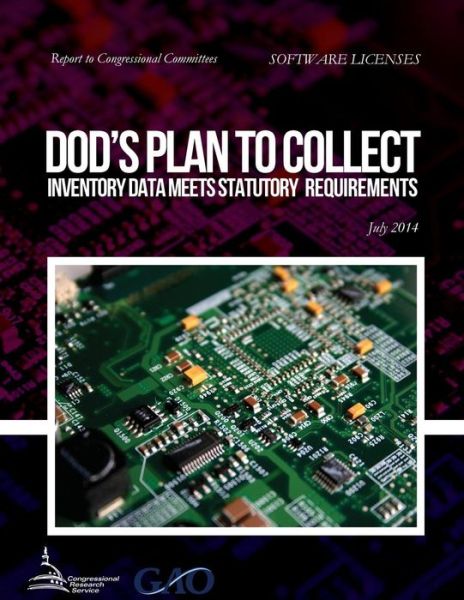
Tell your friends about this item:
Dod Should Streamline Its Decision-making Process for Weapon Systems to Reduce Inefficiencies
United States Government Accountability
Dod Should Streamline Its Decision-making Process for Weapon Systems to Reduce Inefficiencies
United States Government Accountability
Publisher Marketing: The Department of Defense (DOD) has repeatedly delivered the most capable weapon systems in the world, but with consistent schedule delays and at significant cost to taxpayers. The process used to manage the acquisition of these systems has been characterized by organizations both internal and external to DOD as one that is inefficient, cumbersome, and bureaucratic.1 A contributing factor to this inefficient process is the significant time and effort required to complete information requirements before an acquisition program can proceed through a milestone to the next phase in the weapon system acquisition process. DOD leadership has acknowledged that too much time is invested in preparing for key milestones, including the documentation and oversight of information required by statutes and policy,2 which takes time away from conducting day-to-day core program management tasks such as contractor oversight, engineering, and risk management. There is a natural tension between oversight and accountability on one hand and efficient program management on the other. Oversight and accountability add process, which is justifiable given the high cost and risk associated with major weapons and the inherent incentives for program managers and contractors to be optimistic about what they can accomplish. The additional process does come at a cost of time and other resources that a program manager could potentially employ better. If it were clearly demonstrable that program cost and schedule outcomes have improved as oversight has intensified, then the additional process would be easy to accept. But, as we have reported over the years, program outcomes have not significantly improved. Thus, it is an appropriate time to assess the value of the documents and reviews demanded of today's acquisition process. We are not suggesting that individual actions to improve oversight were not justifiable, but rather questioning whether their cumulative demand is in balance with their desired effects. According to federal internal control standards, agencies should develop effective and efficient processes to ensure that actions are taken to address requirements, such as in this case, completing the information required to aid in milestone decisions.3 DOD has embarked on some initiatives aimed at streamlining different aspects of its weapon system acquisition process, but acknowledges more needs to be done. In the National Defense Authorization Act for Fiscal Year 2014, Congress mandated that GAO review DOD's weapon systems acquisition process, with an objective of identifying processes or procedures with little or no value added.4 This report examines (1) the effort and value involved in DOD's preparation for a milestone decision, (2) the factors that influence the time needed to complete the milestone decision process, and (3) alternative processes used by some DOD programs and leading commercial firms.
| Media | Books Paperback Book (Book with soft cover and glued back) |
| Released | March 4, 2015 |
| ISBN13 | 9781508715405 |
| Publishers | Createspace |
| Pages | 54 |
| Dimensions | 216 × 279 × 3 mm · 149 g |

































